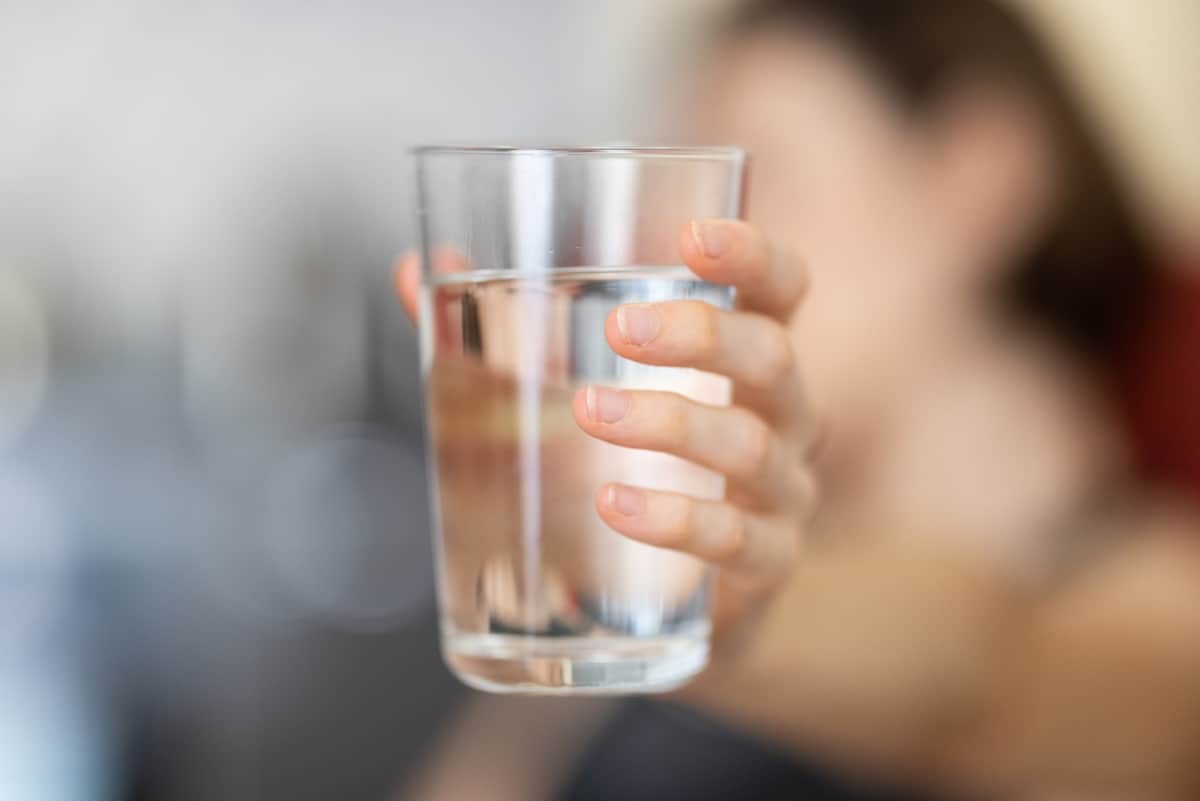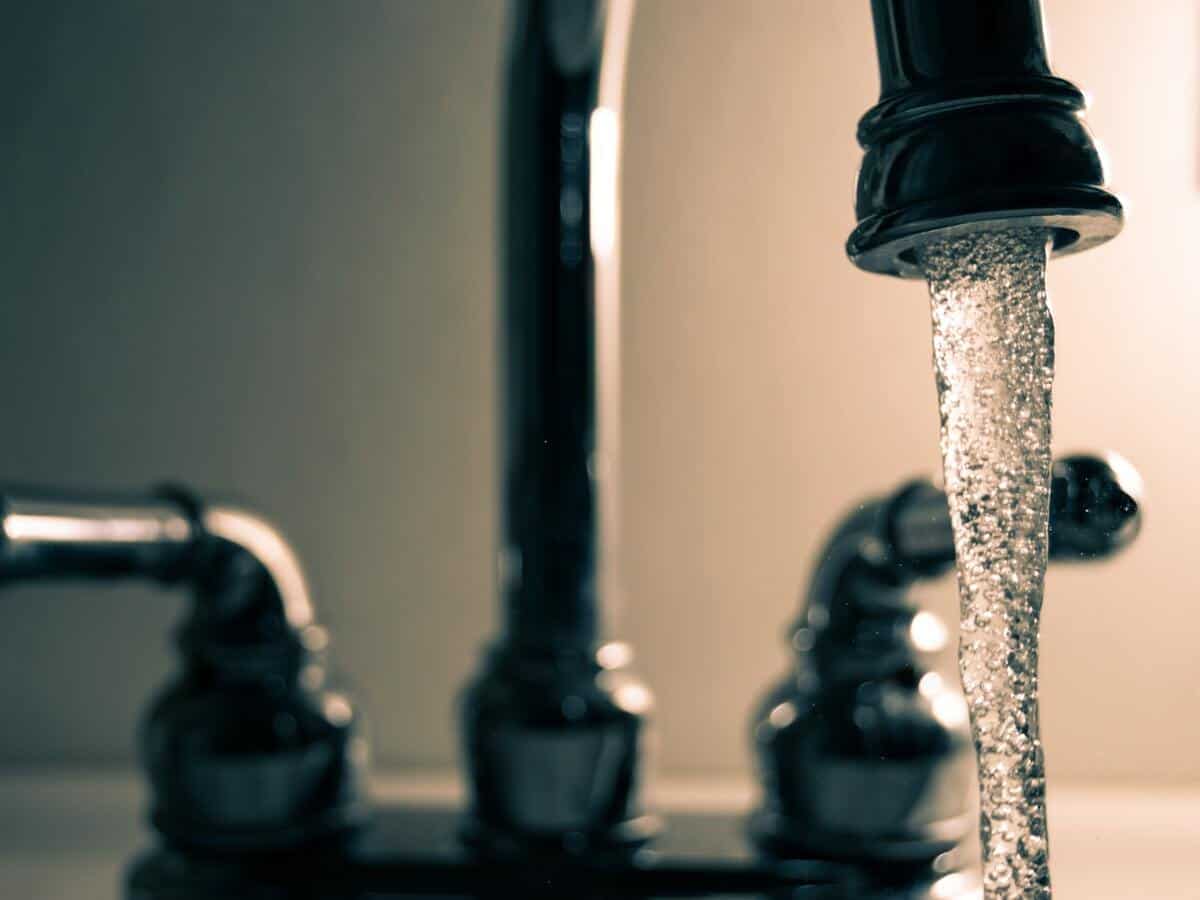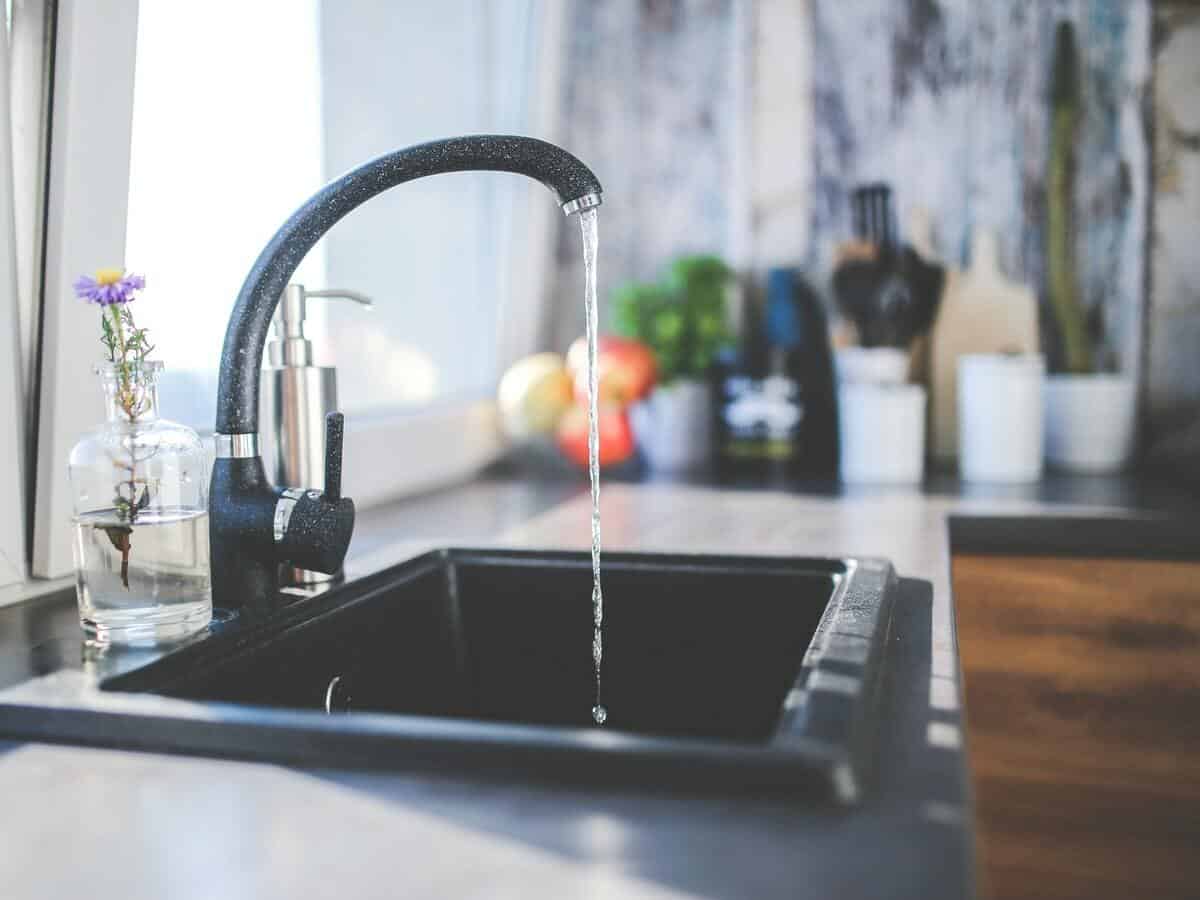Clean water is a necessity in every household, restaurant, and office building. The truth is, most people trust their piped water without realizing what’s actually in it. However, for those who want to enhance the purity and taste of their water while saving money at the same time, having a reverse osmosis water filtration system in their home is the way to go. While most want to know the reverse osmosis system cost, it’s important to remember that clean water is priceless.
On average, the reverse osmosis system cost can be as low as $200, to as high as $5,000 for a single use system. However, this depends on quality and capacity. If you decide to install a whole house reverse osmosis system, expect to pay a little more, as this filters your entire home. Other costs, including installation and maintenance costs, have the potential to drive the price even higher.
Enjoy Warranty on Your Reverse Osmosis System with ONIT Home
Installing the home water filtration is an important investment to make. That’s why we have a warranty plan to protect your purchase and keep your system working the way it should be with our Water Plus Extended Warranty Coverage on all of our filtration systems. In case we didn’t cover all the benefits, here’s a short overview:
- Makes owning your system hands-off and hassle-free
- Guaranteed coverage for wear and tear damage
- Includes all labor charges and replacement parts
- Two service calls per year

What Is a Reverse Osmosis System?
Reverse osmosis (RO) removes dirt, chlorine, and salt from drinking water. It uses a synthetic lining (semi-permeable membrane) to filter out big particles and unwanted molecules from water. Besides removing sediments and impurities, reverse osmosis can remove harmful bacteria and other germs that may pose a risk of infection. RO makes drinking water clean to a molecular level, resulting in pure H2O. RO systems are used both for commercial and residential water filtration purposes. The process offers excellent results in terms of delivering high-quality water. In addition, they are easy to maintain and save money compared to bottled water.
How Does Reverse Osmosis Clean Water
The idea behind the process of reverse osmosis is that it separates the “bad” particles from the water molecules using a very, very small-pore-sized membrane. The membrane with pores sizes of about 0.0001 micron removes particulates, molecules, and ions from drinking water. Through osmotic pressure, water is forced to lose its high concentration of impurities. Since a filter is involved as the water passes through, the impurities get trapped and empty into the drain. In the end, only clean water is recovered.
A reverse osmosis system removes almost everything in the water together with most dissolved minerals and solids including nitrates, pesticides, lead, sulfates, chlorine, fluoride, bacteria, and more. This way, it improves the appearance, smell, taste, and overall safety of drinking water. Reverse osmosis water is somewhat “tasteless” because it is free from chemicals, inorganic salts, minerals, and other inorganic and organic compounds that contribute to the natural taste of water.
Reverse osmosis involves four filtration stages—a sediment filter, a pre-carbon block, a reverse osmosis membrane, and finally, a post-carbon filter. The sediment filter takes away the most significant particles, such as sand, dirt, and rust, to avoid the blockage of the following filters. The pre-carbon filter on the other hand employs activated carbon to stop anything bigger than a flour particle from passing through. This pre-carbon filter prevents these particles from attracting positively charged ions, thus blocking chemical compounds, such as chloramines and chlorine, from passing to the third filter. Finally, the RO membrane then removes particles denser than water, like dissolved minerals, sodium, fluoride, and high lead levels. The post-carbon filter finally polishes the water.

What Can Cause Variations in Prices?
Just like any other product, reverse osmosis system cost may vary due to several factors:
Brand
Some brands have proven to their clients that they are reliable and trustworthy. These brands may price their products more expensive since they have a firm fanbase already. Each brand is doing its best to offer a more reasonable reverse osmosis system cost than its competitors.
Type
The under-sink reverse osmosis systems are the cheapest, costing about $200-$600. A more modern tankless system might add an extra $50-$100 to the price. Countertop RO systems generally cost about $300-$500. An entire house reverse osmosis system is the most costly. It costs thousands because these systems are more extensive and also rarer. However, these prices depend on the brand.
Size
Prices vary depending on the size. A bigger size is more costly. For example, an entire house reverse osmosis system costs much more than a countertop unit or a small under-sink model.
Filtration Stages
A typical reverse osmosis system has four filtration stages. Therefore, if reverse osmosis systems contain above the average number of filtration stages, it costs more. Some feature more advanced filtration with UV light to kill pathogens. Therefore, your water purification requirements determine how much you will pay.
Additional Features
Some models and brands have additional features. For example, they come with an add-on that raises water alkalinity by re-adding helpful minerals. Other models come with a pump to boost water pressure. The pump increases water production capacity, effectiveness, and flow rate while lessening the amount of wastewater.
NSF Certifications
NSF-certified reverse osmosis systems come with a higher cost since customers know they are trustworthy. The most highly regarded certification for these units is NSF/ANSI 58. It guarantees that the system has been tested and confirmed effective in terms of materials used structural integrity, and efficiency

Important Details for Homeowners to Know Before Purchasing a Reverse Osmosis System
Once you have decided to purchase a reverse osmosis system, there are also other things to consider:
You Need a Faucet
Reverse osmosis systems need a separate faucet to dispense the treated water. You can even upgrade your reverse osmosis faucet to match your current kitchen sink fixtures’ style, color, and finish. Non-air gap faucets don’t have an air gap to avoid draining water from being tapped back into the system. Yet, they are less noisy, straightforward to install, and the check valve fitted in the drain line can securely prevent backflow from the drain. A non-air gap faucet is the most commonly used.
The Stages of Filtration
Typically, RO systems have 3, 4, or 5 filtration stages. A reverse osmosis system with four filtration stages is recommended for most applications. However, several under-sink and whole house RO systems come with double filtration stages, sometimes up to 10 to 12 stages. If you are using well water or in an area with high residue levels, consider a system with additional pre-filtration stages. A four to five filtration stage system will provide enough purification for most applications.
Water Hardness
What is your water hardness level? Remember that an RO system isn’t a water softener. Water softener pretreatment is the best option if your water hardness is over 7gpg (grains per gallon). Softening your water will prolong the lifespan of your RO system and membrane, even though it’s not a requirement.
The Gallons of Water a RO System Can Produce
You can get gallons per day (GPD) production rate of 50% – 75% of the system GPD rating. Though nobody can use 50 plus gallons of drinking water in a day, the 50 GPD rating is the speed a reverse osmosis system makes water. It produces one gallon of water in an hour (with an average water pressure of around 60 psi). Therefore, a 50 GPD-rated RO system will provide enough water for everyday domestic use.
You Can Get a Reverse Osmosis System Water for Your Ice Maker
All you will need is to connect to your refrigerator’s ice maker adapter kit to get RO water from the icemaker. You will not need to purchase a separate refrigerator filter. Replace your reverse osmosis membrane and other filters regularly. The older membranes, the less efficient they become (more water is sent to the drain). So continual use of a filter or membrane after it’s done its job is not advisable. A clogged membrane or filter can cause damage to your system and will not be as efficient at eliminating harmful impurities. You will not save money by not replacing them. Instead, you will waste more water. You will also be experiencing dirty water, which can come with health problems.
Is Reverse Osmosis Water Safe To Drink?
Whether it is safe to drink reverse osmosis water or not is a continuing debate. Some studies say that consuming reverse osmosis water may lack minerals and is more acidic. But there is no proof of any harm caused. Today, RO is being adopted by many countries to provide potable and safe drinking water in regions where there is limited or no clean water.
Reverse Osmosis Vs. Carbon Filtration?
Reverse osmosis is different from carbon filtration because of the levels of impurities it will filter. It will remove up to 99.9% of all contaminants, including tiny particles (less than .001 micron). Carbon filtration only eliminates particles as small as 1 micron. As a result, your local water supply could be clean when leaving the municipal plant. However, as it travels from the plant to your tap, it may collect many impurities. It might also naturally have a high number of TDS (total dissolved solids). Therefore, it is best to have a reverse osmosis system to ensure that your water is free from contaminants like PFAS forever chemicals.

Bottom Line
Water is life. Fresh, clean, and safe water is essential for our health. Filtered water is free of bacteria, contaminants, and heavy metals. It offers incredible health benefits. At ONIT Home, we know the importance of clean water for your health. Therefore, we offer water treatment solutions for various applications and industries. We have an extensive range of all types of reverse osmosis to meet your home and industrial needs. Our vast global knowledge in engineering and manufacturing permits us to customize reverse osmosis and water treatment systems that meet an extensive range of client requirements and specifications.
For more information on how to affordably install reverse osmosis water in your home, reach out to our experts today at 1-833-433-0331 or visit us online. We will test your water and set up a system to ensure you get your water in its purest form!



